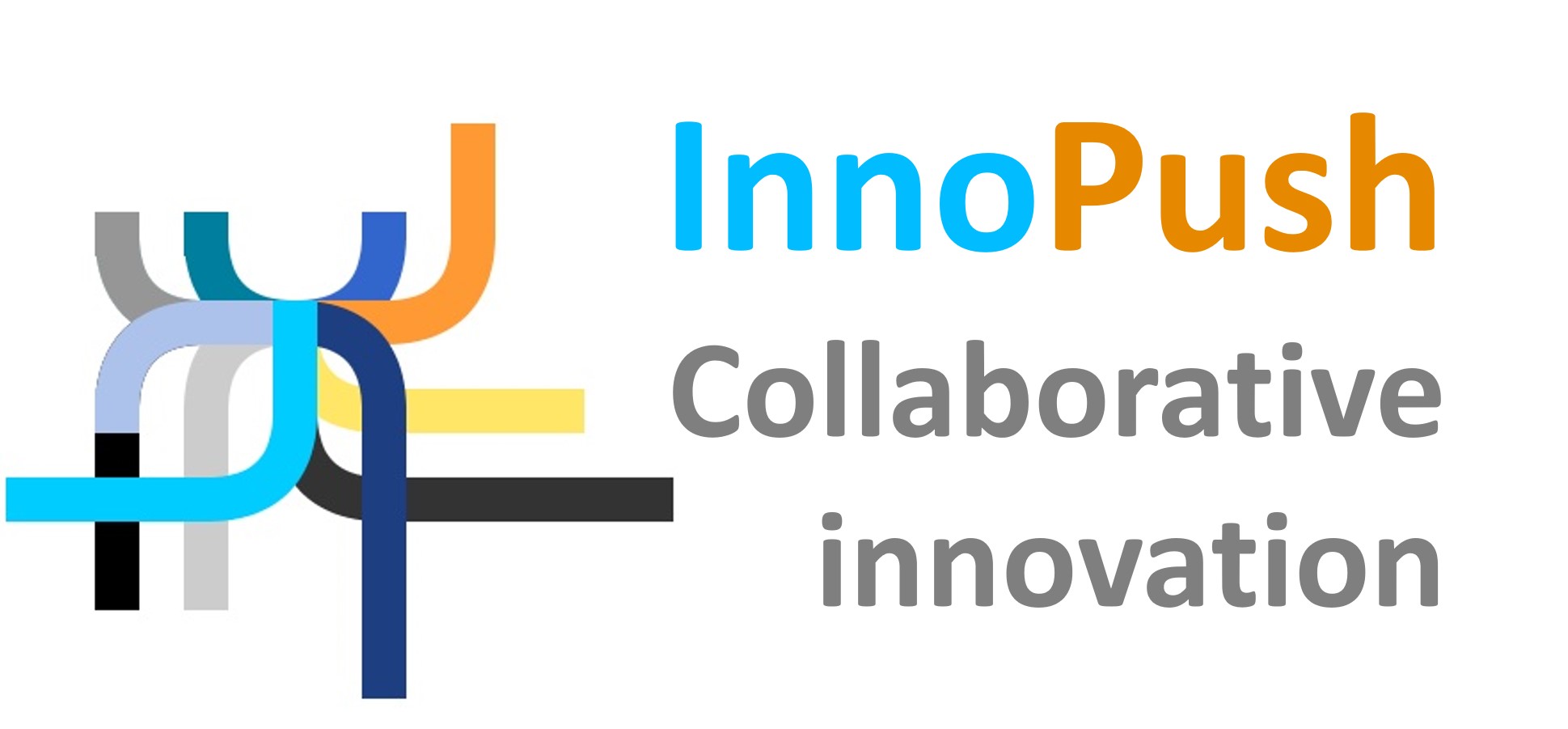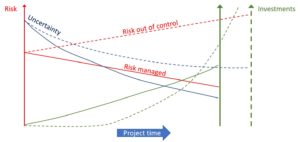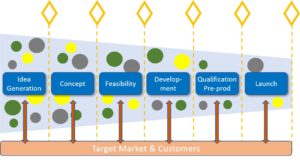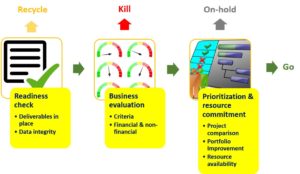PREFACE ABSTRACT
Stage-Gate(R) has become the most widely used method for conceiving, developing, and launching new products in industry today. Stage-Gate is much more than a business process, however. The model was originally conceived by observing successful product developers as they drove major innovations to market. Those early observations led to the conclusion that there was a « better way » – that some innovation teams and project leaders had intuitively figured it out. I tried to capture their secrets to success on paper, and so was born the Stage-Gate system. Thus Stage-Gate is an idea-to-launch process, but one that encompasses a body of knowledge and set of best practices – best practices based on studies of thousands of successful new-product developments and hundreds of companies that probed what the winners do differently from the rest.
The emphasis in this 5th edition of Winning at New Products is on bold innovation and in record time. I’ve watched as companies, a few industries excepted, have shifted their innovation efforts from true innovations and major projects to much smaller and less ambitious ones over the last few decades. It’s somewhat disheartening to see what these companies are calling « innovation » versus what it should be. In some firms, product development has been totally trivialized. I hope this 5th edition sounds a wake-up that true innovation and bold product development are within your grasp. […]
RISKS MANAGEMENT
The Phase-Gate methodology brings a wealth of advantages:
- Kill projects with little chance of success early in the process
- Aggregate team members from different departments and geography – avoid silos
- Reduce large project complexity with a clear and regulated approach
- Allocate the right resources at the right moment
- Give continuous visibility on progress and results to team members and Gatekeepers
- Identify problems and reduce risks at every Phase during the process
- Review the Business case on a regularly basis
As a consequence, the project will benefit from a shorter time-to-market as well as reduced investments.
AGILE CONCEPT
In Robert G. Cooper 5th edition book, an emphasis is brought on the Agile behavior, first developed and used in the software development industry. The Agile philosophy is described in the Four Values and Twelve Principles of the Agile Manifesto,
Can it be used in a phase-gated project? Is it compatible? Is it helpful and useful?
Yes, to all! It is just common sense.
A name has been given to this « combination »: Hybrid-Phase-Gate System
Basically, and in two words: Keep your customer in the loop!
Be close to your customers, have them on board from the beginning. This is key; especially at the beginning, during the Ideation, Concept, and Feasibility phases. But also after.
GATES WITH TEETH
My take on this methodology is without any doubt about the Gate decision points.
- Gates are project-review and decision meetings
- Gates are fair and transparent
- Projects are evaluated by management
- Projects are approved and prioritized
- Resource are allocated to projects
- Poor projects are killed before additional resources are wasted
Gates are investment-decision or Go/Kill meetings.
SUMMARY
If there are three things to remember about the Phase-Gate process:
- For your Business: it reduces risks, reduces time-to-market, and improves investments returns
- For your Teams: it aligns multidisciplinary resources and deliverables
- For your Management: it brings clear and transparent decision criteria




